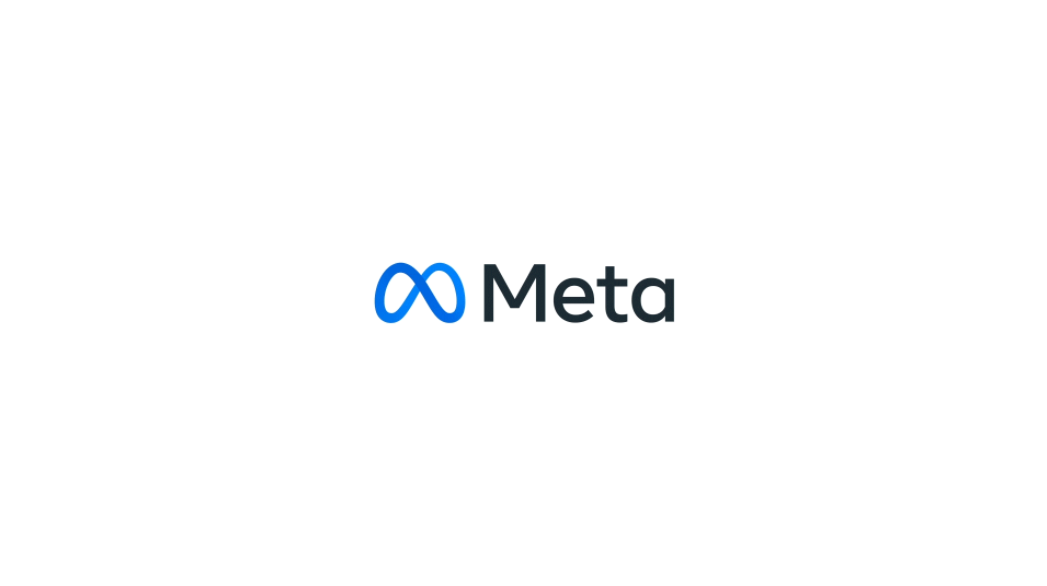 AI
AI
 AI
AI
 AI
AI
Meta Platforms Inc. today previewed new artificial intelligence tools that will enable marketers to generate creative assets for ad campaigns automatically.
In conjunction, the company shared an update about the back-end AI models that power its advertising system. Meta detailed that it’s upgrading the system to a new “holistic model architecture” called Lattice. The architecture has trillions of parameters, the configuration settings that determine how a neural network goes about processing data.
Meta today debuted a service called the AI Sandbox that it will use to test new advertising features, including AI tools, before making them broadly available. The first three features that the company is piloting are designed to ease the process of creating creative assets for ads.
One of the new tools enables marketers to automatically produce multiple versions of ad copy. It’s joined by a feature that generates background images based on text prompts. The capabilities are meant to help marketers quickly test different variations of an ad until they identify the version that drives the most sales.
Across Facebook and Instagram, Meta supports multiple ad formats that have different aspect ratios. Until now, brands had to manually adjust their ads to each aspect ratio. The third new feature automates that task.
The company is currently piloting the features with a limited number of brands. It plans to expand the features’ availability in July and incorporate some of them into its existing ad tools by year’s end.
“The AI Sandbox will act as our testing playground for early versions of new tools and features, including generative AI-powered ad tools,” Meta detailed. “Our goal is to learn what works for advertisers and make these features easy to use in our ads tools.”
A second set of updates will roll out to Meta’s Advantage+ suite of advertising automation services. Introduced last year, Advantage+ reduces the amount of manual work involved in creating ad campaigns. It can, for example, automatically mix and match a brand’s creative materials into new ads.
Brands are gaining the ability to quickly turn manually managed ad campaigns into Advantage+ shopping campaigns. A new analytics dashboard will help users measure the benefits of switching. Advantage+ shopping campaigns automatically combine a brand’s ad copy, images and other creative assets into new ads.
Meta offers such campaigns alongside a capability called Advantage+ catalog ads. The latter offering helps retailers with a large number of products quickly create marketing campaigns. They can now incorporate not only static product images but also videos.
The company is rolling out the new features alongside an update to the Advantage+ suite’s audience management settings.
Currently, brands manually specify the audiences to which Advantage+ delivers their ads. An electronics retailer, for example, could configure the tool to deliver iPhone ads only to consumers who have expressed interest in Apple Inc. products.
Going forward, Meta’s algorithms will regard brands’ audience settings as suggestions. That will allow the algorithms to deliver ads to “more people outside of those suggestions if we think they will be interested and likely to convert,” Meta detailed. However, brands will still have the option to use the previous audience settings when necessary.
As part of its effort to optimize brands’ marketing campaigns with AI, Meta is also upgrading its back-end ad delivery system. At the center of the effort is a new model architecture called Lattice that the company detailed today. Meta says that it has trillions of parameters and was trained on hundreds of billions of data points.
Before the architecture was rolled out, the company’s ad system was powered by a large number of AI models that each performed a relatively narrow task. Lattice has enabled the company to replace those models with a smaller number of more advanced neural networks. According to Meta, the upgrade is expected to provide several benefits.
Most notably, the company says, Lattice has demonstrated the ability to improve the quality of ads by 8% on Facebook and Instagram. That means users should receive more relevant promotions, while brands can realize a higher return on investment.
Lattice improves ad quality using several different methods. One of those methods focuses on generalizing the lessons that its neural networks models learn over time.
Meta’s AI models perform a variety of computing tasks to optimize brands’ ad campaigns. One model might focus on increasing the amount of website traffic that an ad generates, while another may be designed to increase the number of users who turn into paying customers. Lattice enables AI models to apply lessons they learn in one area to other tasks, which helps improve their performance.
“It allows us to transfer learnings across multiple objectives at the same time, which helps improve advertiser conversions and the quality of ads people see,” Meta researchers detailed in a blog post.
Another key feature of the system is its ability to better take into so-called delayed signals. Those are historical data points that can provide new information about a customer’s buying preferences. Lattice can, for example, determine if a user interacting with an iPhone ad previously expressed interest in Android devices.
Besides improving the quality of ads, Meta says, Lattice is more hardware-efficient than its earlier AI software. Additionally, it’s easier to maintain. Lattice requires less manual tuning and Meta expects that the software will also be easier to adapt to future market developments such as regulatory changes.
THANK YOU